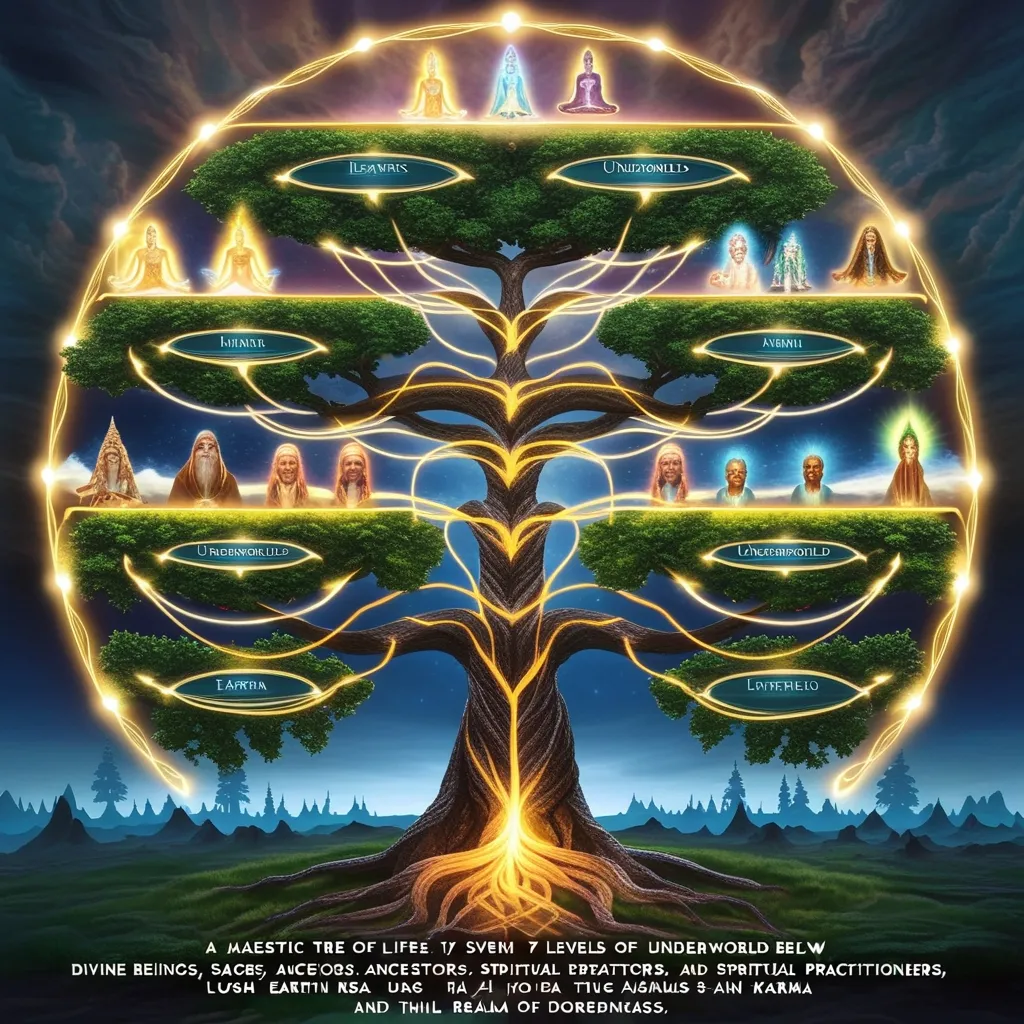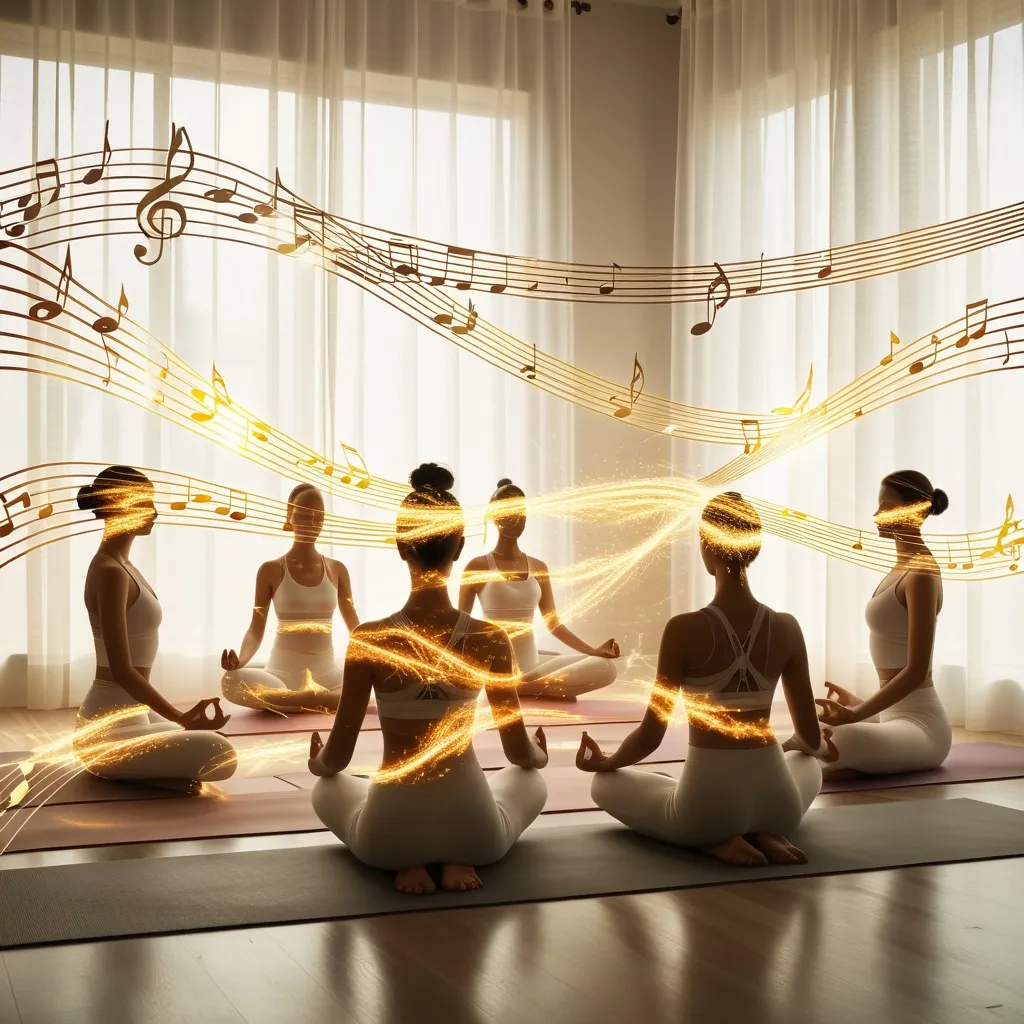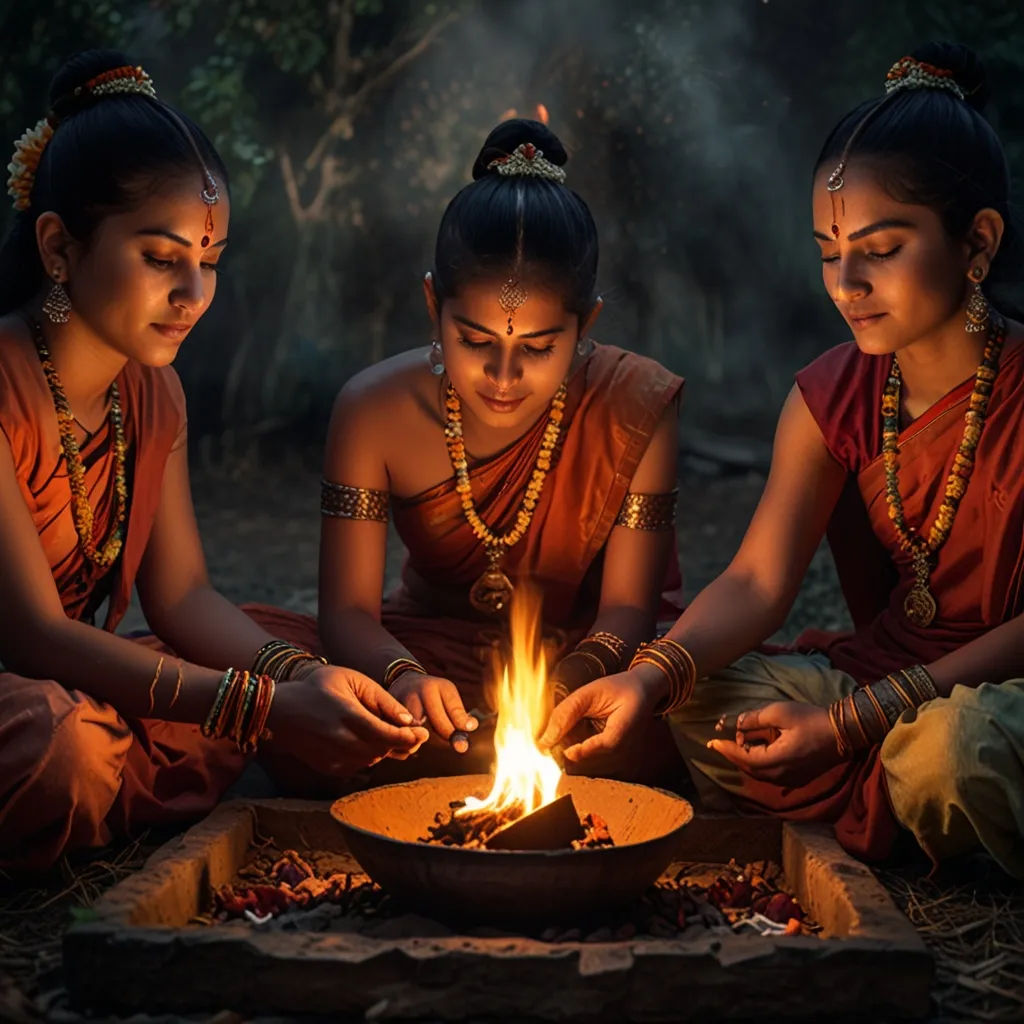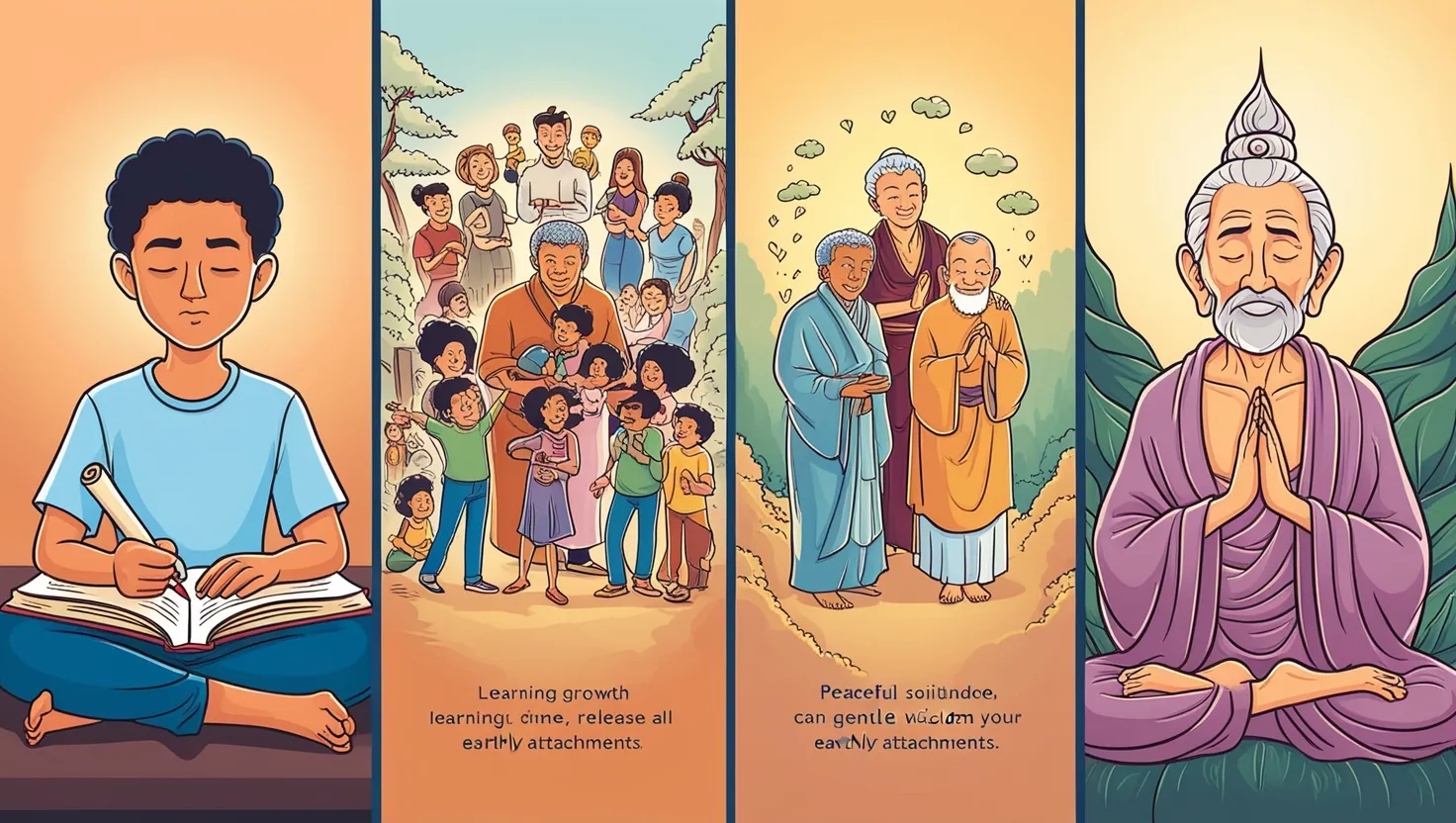Welcome to the fascinating world of Hindu cosmology, where the idea of “Loka” plays a significant role, especially in the Yajurveda. So, what’s this “Loka” all about? Picture it like different levels or realms of existence, where divine beings and humans live, steered by their karma. Let’s dive into this cosmic universe in a way that’s chill and easy to get.
First up, the Yajurveda. It’s like the “How-to Guide” for rituals and philosophy in Hinduism. Think of it as the ultimate playbook for understanding the universe, divided into various lokas that connect yet remain distinct. These lokas help us grasp the spiritual and physical parts of life.
Now, there are seven higher lokas or heavens, the prime spots where higher gods hang out. Here’s a quick tour:
- Bhurloka: This is our home turf, Earth and its close buddies. It’s where we live our lives under nature’s and karma’s watchful eyes.
- Bhuvarloka: Think of it as the atmosphere or the skies, a limbo zone between Earth and higher spiritual realms.
- Svarloka: Known as Svarga, this is Indra’s pad, a party place of beauty and joy where gods chill. Virtuous humans might score a rebirth here.
- Maharloka: The sages and wise ones live here, loaded with spiritual enlightenment.
- Janarloka: This is the domain of the ancestors and universe-maintainers.
- Taparloka: Home to beings who’ve aced spiritual practices. They burn through intense spiritual training here.
- Satyaloka: Also called Brahmaloka, the top tier. It’s Brahma’s hood, the ultimate aim for spiritual seekers—joining with the reality of Brahman.
On the flip side, there are seven lower lokas—realms of the underworld or hell, where beings face their negative karma:
- Atala: The first stop, a realm of misery and darkness.
- Vitala: Hot and harsh punishment zone.
- Sutala: Ruled by god Bali, a reasonably comfy spot compared to the harsher lower realms.
- Talatala: A nightmare of darkness and fear, full of torment.
- Mahatala: More intense suffering and pain.
- Rasatala: Netherworlds of darkness and despair.
- Patala: The lowest, also called Naraka, ruled by Yama, the death god. Major suffering here.
What’s cool is how these lokas aren’t standalone; they’re all woven together. The Yajurveda hints that everything is connected, kind of like beads on a necklace strung together by Brahman, the ultimate reality. This means our actions send ripples across these realms.
Karma and rebirth? Yep, they’re the driving forces here. Depending on your actions, you get reborn in different lokas. Good vibes might get you to higher realms, while bad deeds land you in the lower ones. This cycle goes on until you break free with ultimate liberation or moksha—kind of like unplugging from the matrix.
So, what’s the game plan for moksha? It’s about transcending the rebirth cycle and uniting with ultimate reality. The Yajurveda and other Vedic texts lay out rituals, spiritual practices, and living a morally sound life as a roadmap for this journey. Understanding the lokas helps you navigate life and beyond.
In practical terms, knowing about loka encourages living righteously, doing your duties (dharma), and stacking up on good karma. Not only does this promise a better rebirth, but it also nudges you closer to moksha. Rituals and worship connect you with the divine and keep the cosmic balance in check.
In the grand scheme of things, the concept of loka in the Yajurveda offers a rich, layered view of Hinduism’s cosmology and philosophy. It gives you a framework for understanding the universe, existence, and your spiritual journey. Through exploring these realms, you can appreciate the interconnectedness of all things and the ultimate truth they stem from.






